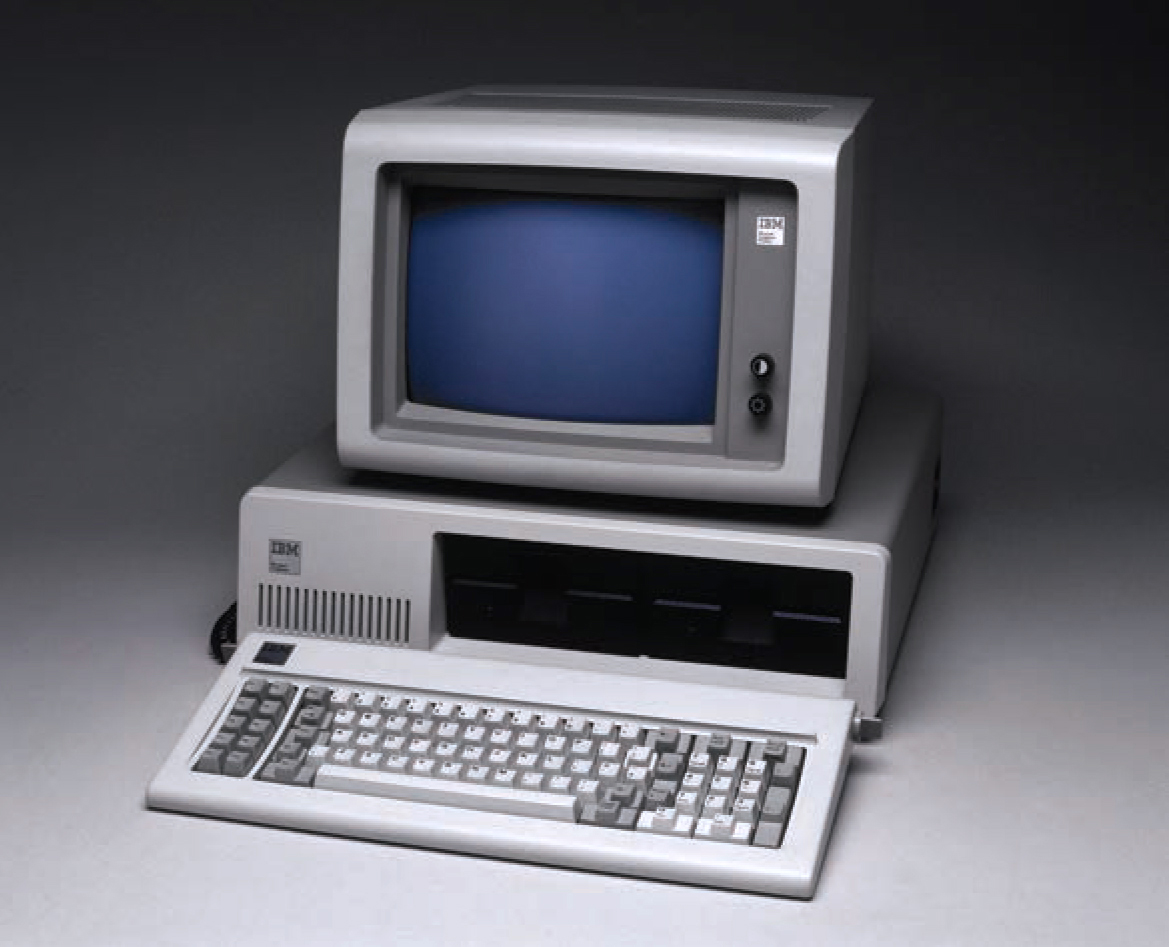
Few birders are without a PC or laptop these days, and the machines have taken over all aspects of reporting, documenting, analysing and discussing birds as our personal hubs of reference and retrieval.
77 : IBM PC
1981

Few birders are without a PC or laptop these days, and the machines have taken over all aspects of reporting, documenting, analysing and discussing birds as our personal hubs of reference and retrieval.
Few inventions have had a more comprehensive effect on how we research, record and store information about birds than the personal computer. While PCs in their original form were actually available in the mid-1960s, these were little more than glorified calculators with print-out capabilities. For most people it was only two decades later when desk-top – and later laptop – computers became commercially available that the revolution truly went digital.
Early home machines by Commodore, Apple and Atari, with up to 64 kilobytes (kb) of memory (about the size of a low-resolution thumbnail image today), offered few applications and were not widely adopted for general use. Their potential became apparent among biologists as they developed, but to the hobbyist naturalist, it was IBM’s 5150 Personal Computer, unveiled in August 1981, that was the first of the genre. The take-up wasn’t immediate on a large scale – at $1,595 a system it was never going to be – but as technology advanced and manufacturing capacity increased, prices came down and personal computers, including Amstrad’s UK-marketed alternatives, became far more commonplace.
By the 1990s, installed and ‘outboard’ hardware like recordable media, coupled later with the widespread availability of the internet, enabled the transfer and storage of large volumes of birding data. Latterly, the amount of memory available in computers, external hardware and online storage sites has become exponentially huge. Birders think nothing now of archiving many thousands of high-resolution images, a library of PDFs and scans of reference books and plates on their home computers, while the advent of broadband and WiFi have made it even easier to compile and share these resources via the web.
Today, such is the progress in mobile technology that photos and observations can be circulated from the field and images uploaded from a phone while the observer is still chest deep in a reedbed. Identification problems can be resolved using references downloaded via the ‘cloud’ to compare visuals and vocalisations of a given bird species, while birders can post GPS co-ordinates to pinpoint the precise location of any bird or site.
Much of this explosion in digital birding is inextricably entwined with the internet, providing immediacy of access to information over increasingly rapid and mobile connections. Where would birders be without such technology? Most now use a computer for recording their notes and sightings in various ways, sharing them with friends, local bird club websites and national organisations, and storing and editing photographs.
Many also post online to personal blogs, news services such as BirdGuides.com and social networking sites, and debate sightings and other issues of the day on forums. Indeed, birding news and opinion is now often shaped by the sometimes brutal democracy of equally weighted access, and both anonymous and sourced contributions. The expertise or accuracy of online contributors is often swiftly tested in such open courts, and it usually becomes known quite quickly whose opinion and ‘gen’ to trust and who is a fraud, who is over-frivolous and who can generally be relied upon.
It is now almost impossible to imagine the days where binoculars, a notebook and a field guide were all that was required to enjoy birding – today, digital technology of some kind in general, and a computer in particular, are almost prerequisites.